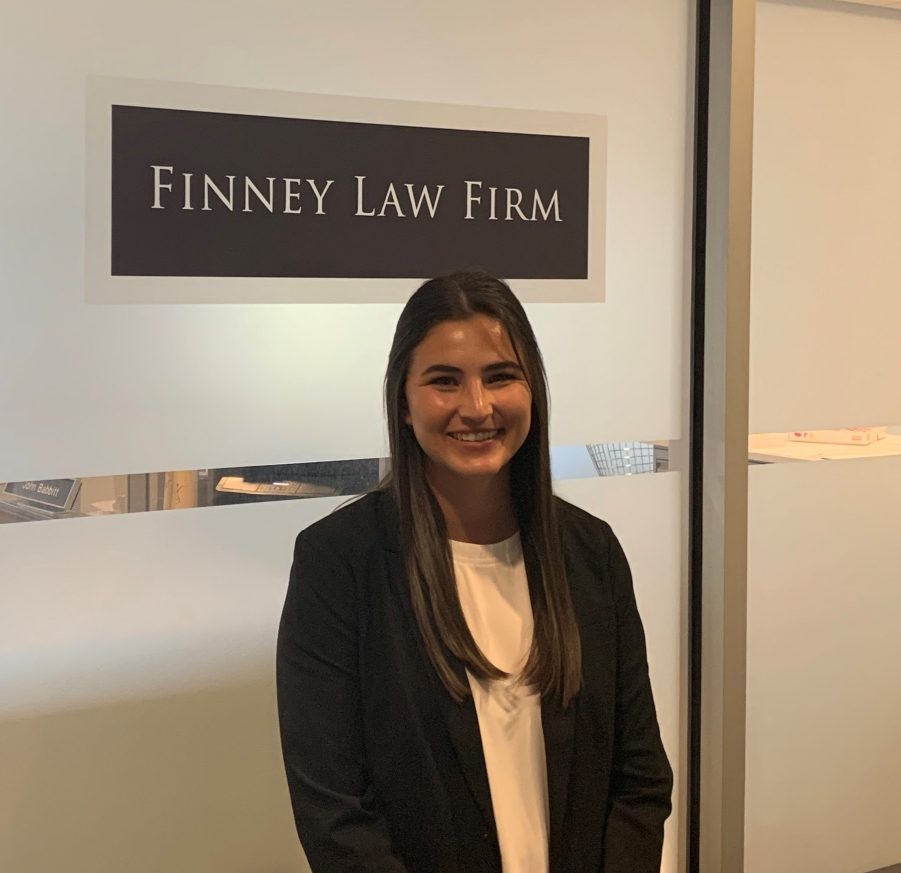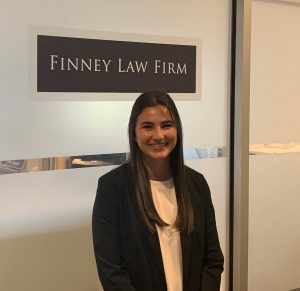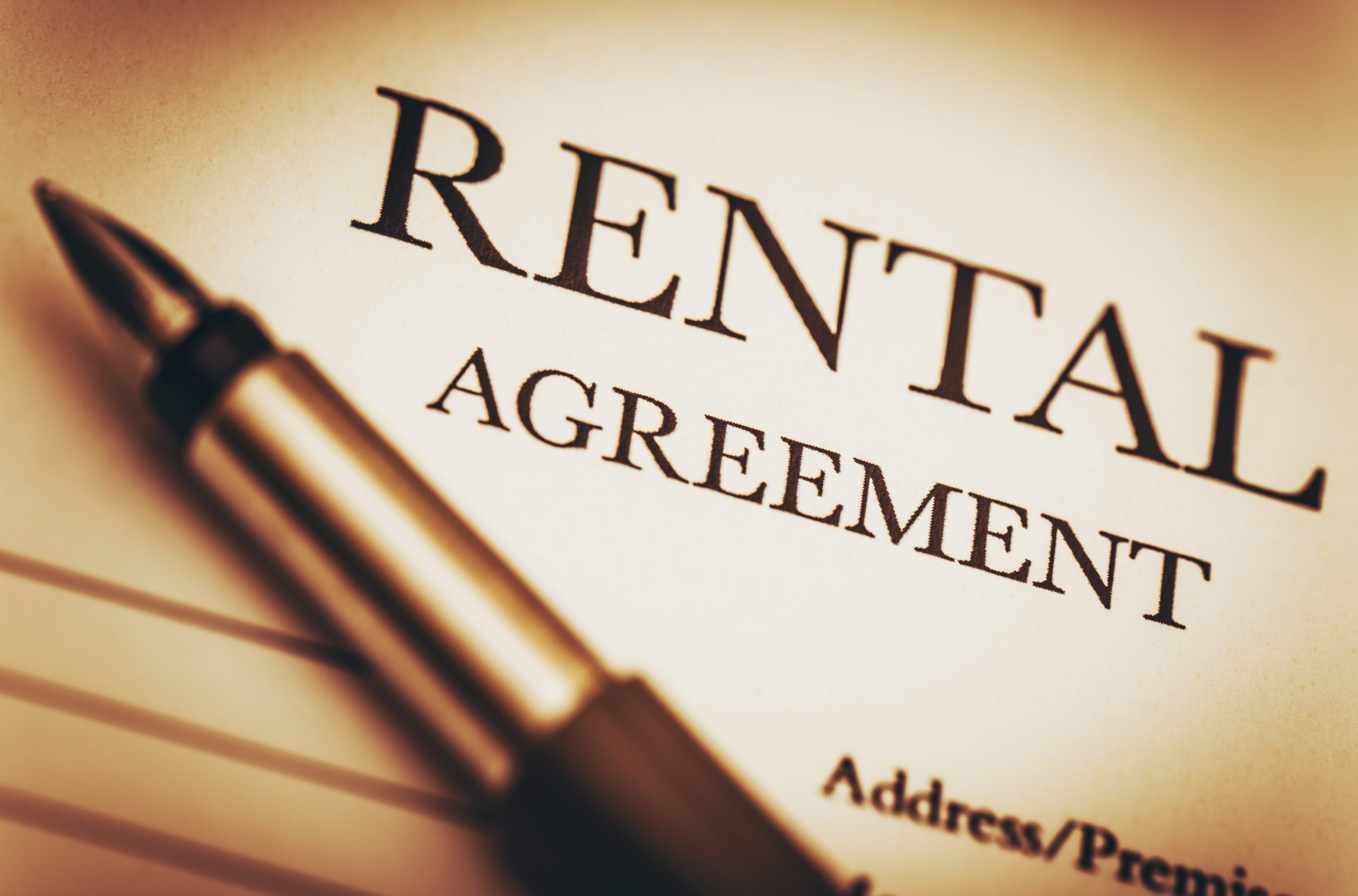In the last year, our country has seen layoffs, shutdowns, job loss and shuttered businesses due to the pandemic. The government has provided some assistance by way of stimulus checks, increased unemployment payments, and moratoriums on evictions and foreclosures. This has temporarily eased concerns of those struggling financially and delayed their seeking legal advice for debt relief. This has served to hold off, what is anticipated to be, a flood of bankruptcy filings. Unfortunately, these are temporary solutions to a long-term problem. As moratoriums end and stimulus checks are spent, debtors are searching for a resolution to their economic woes. This article provides basic information on Chapter 7 Bankruptcy as a possible solution. If you would like more information on consumer bankruptcy, please visit our law firm bankruptcy practice page at https://finneylawfirm.com/practice-areas/bankruptcy.
There are several types of bankruptcy a debtor can file: Chapter 7 (Liquidation), Chapter 9 (Municipalities) Chapter 11 (Business Reorganization), Chapter 12 (Family Farmers), Chapter 13 (Wage Earners), and Chapter 15 (Foreign debtors/ Courts. After almost two decades of being a chapter 7 attorney, the clear preference for clients is filing a chapter 7. The reason for this is that chapter 7 is cheaper and quicker than other types of bankruptcy filings. However, it is not without its risks and downsides.
Chapter 7 is a “liquidation” bankruptcy. A bankruptcy trustee will examine your income, expenses, assets and debts. In order to qualify, you must be below a certain income level for your household size. If you are not below this threshold, the case may have to be converted to another chapter of bankruptcy. The trustee reviews the assets you own and what they are worth. The trustee will subtract what you might owe to a secured creditor from the value of the asset and what is remaining is considered your equity. State and/or Federal exemptions are available to protect basic assets up to a certain dollar amount. These exemptions are applied to your equity in each qualifying asset. If no equity remains after this calculation, then you are not at risk of the trustee liquidating that asset. If equity does exist after the calculation, the trustee can sell the asset and pay your creditors a percentage of what you owe to them. Most chapter 7 bankruptcy filings do not end in liquidation and are considered “no asset” cases. In the event assets may be liquidated a debtor must be prepared to lose the asset or look at other options such as Chapter 13.
Before filing a bankruptcy case a debtor must take a credit counseling course. After the bankruptcy filing, a debtor must take financial management course. If you seek the assistance of bankruptcy attorney, you will be tasked with gathering information and documents to assist the attorney in filling out the bankruptcy petition and schedules. The petition and schedules will include information on all of your income, expenses, assets, and debts. After these documents have been reviewed with the debtor and attorney and filing fees have been paid, the petition will be filed with the bankruptcy court. A trustee will be appointed and a Meeting of Creditors will be scheduled.
Roughly six weeks after the filing of the case, the debtor will attend the Meeting of Creditors (currently held telephonically). It is a short hearing where the trustee reviews your petition and clarifies its contents on the record. If you have retained counsel, they will attend this hearing with you. Creditors are allowed to attend this hearing and ask questions of the debtor regarding the debt or any collateral that secures the debt. Following this meeting, the creditors have 60 days to object to your discharge. If no objections are filed, the debtor will receive their discharge a few weeks later.
Chapter 7 can discharge many forms of debt such as credit card, medical bills, debt from repossession, foreclosures, and payday loans to name a few. However, student loans, recent taxes and marital support or settlement debts cannot be discharged in a Chapter 7. It is possible to keep a car or home that you own if it is protected under the appropriate exemption and you are current on payments to the secured creditor.
In comparison to Chapter 7 bankruptcy, Chapter 13 bankruptcy is a repayment plan over a period of three to five years. It is intended for debtors who have enough income that they can pay back a percentage of their debts over a period of time, who may have non-exempt assets they could lose in a Chapter 7 liquidation, or who may get some benefit in a Chapter 13 that they cannot get in a Chapter 7.
Filing a bankruptcy is not always the answer or the only answer in some situations, however, if you are seeking a fresh start by filing for bankruptcy, contact bankruptcy lawyer Susan Browning at (513) 797-2857 for a FREE consultation. Our firm employs lawyers in Cincinnati, Dayton, and Northern Kentucky who can guide you through the bankruptcy court process.












